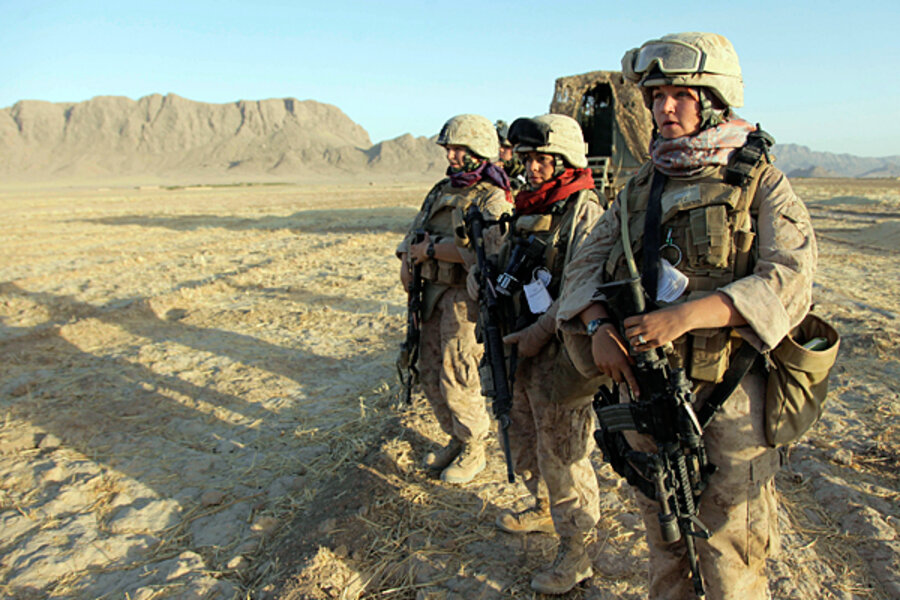Army uses 'Xena: Warrior Princess' as inspiration for new body armor for women
Loading...
| Washington
The US military is developing “Xena: Warrior Princess”-style body armor for women that it hopes will give them greater protection on the battlefield, with more curves in the chest and hips.
It is a considerable engineering challenge to make body armor that better fits the bodies of female troops, US military officials acknowledge, and such armor may be years in the making.
In the meantime, Army engineers are forging ahead with improvements that they hope will provide much-needed changes after a decade of women serving on the front lines of an unpredictable battlefield.
Much of the impetus to change the body armor came in 2009, when the female soldiers of the storied 101st Airborne Division deployed to war and had some concerns about the gear they had to use on a daily basis.
“It rubbed on the hips, and the vests were too long in the front, so that when you had female soldiers climbing stairs or climbing up a hill or a tree, or sitting for a long time in a vehicle, that would create pressure points that in some instances could impact blood flow and cause some discomfort,” says Lt. Col. Frank Lozano, who helps develop female body armor.
Ill-fitting body armor is “more than a matter of comfort,” according to a subsequent US Army study. “It affects combat effectiveness.”
The study found that the poor fit of the body armor on female soldiers “made it difficult for [them] to properly aim their weapons and enter or exit vehicles.”
And so the Army set about to see what it could do to improve the fit of body armor for women. “It became clear to us that there was a difference in torso length,” says Lozano, who is the product manager for the Army’s soldier protective-equipment program. “The other point that we realized is that there is a significant difference in shoulder width. I read this data, and it seems so obvious.”
The most important goal is to be able to “spread out the energy” when a bullet hits the body armor plates, says Douglas Graham, a spokesman for the Army’s Office of Soldier Protection and Individual Equipment.
“Some people would like to eventually make plates so it’s like ‘Xena: Warrior Princess’ and conforms to the shape” of female soldiers, he adds.
Yet there are engineering challenges. The more curves the plates have, the heavier they get. It also creates potential weaknesses in the armor, like creasing a paper, Lozano explains.
“There are some complex curvatures that come into play with female hard-armor plates,” he says. “I could make female hard armor, but it would be twice as heavy.” As a result, some of the Army’s developmental efforts involve “unique chemical designs” to create plates that are lighter and conform to different body shapes.
Currently, female soldiers have a choice of 11 male body-armor sizes.
Now, the Army is testing eight additional sizes made specifically for women, with, among other changes, more-narrow shoulders and “bra-shaped darting” in the chest.
Some 100 women of the 101st Airborne Division, who will soon be headed to Afghanistan, are testing them and have given positive early feedback. “They say, ‘I could wear this all day,’ ‘I could run a marathon in this,’ and ‘It feels much lighter,’ even though it really isn’t any lighter,” Lozano says.
Now, he adds, the challenge will be finding the money, in the midst of robust calls for cuts in defense spending, to mass-produce them.





